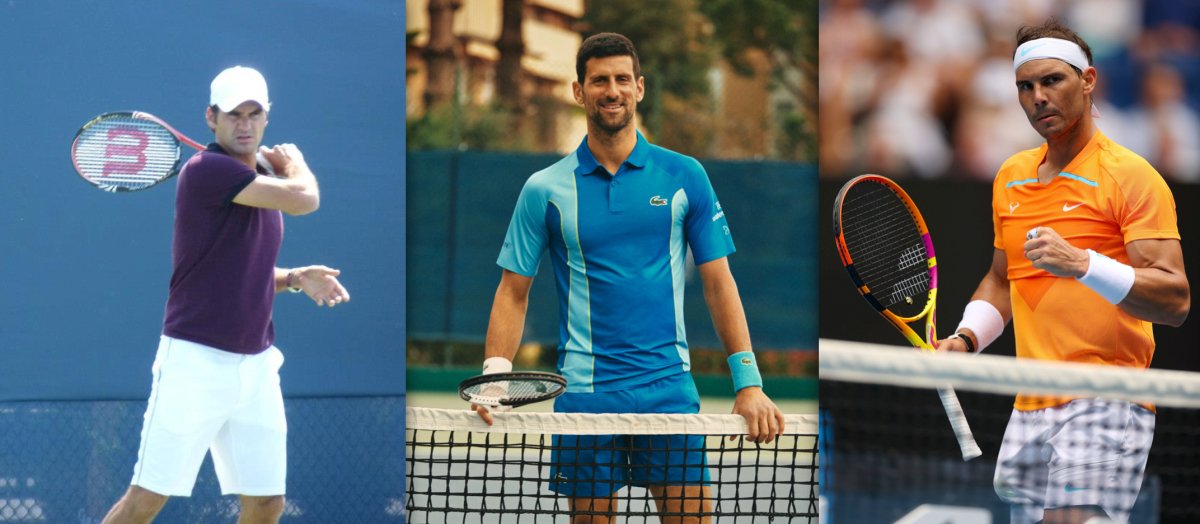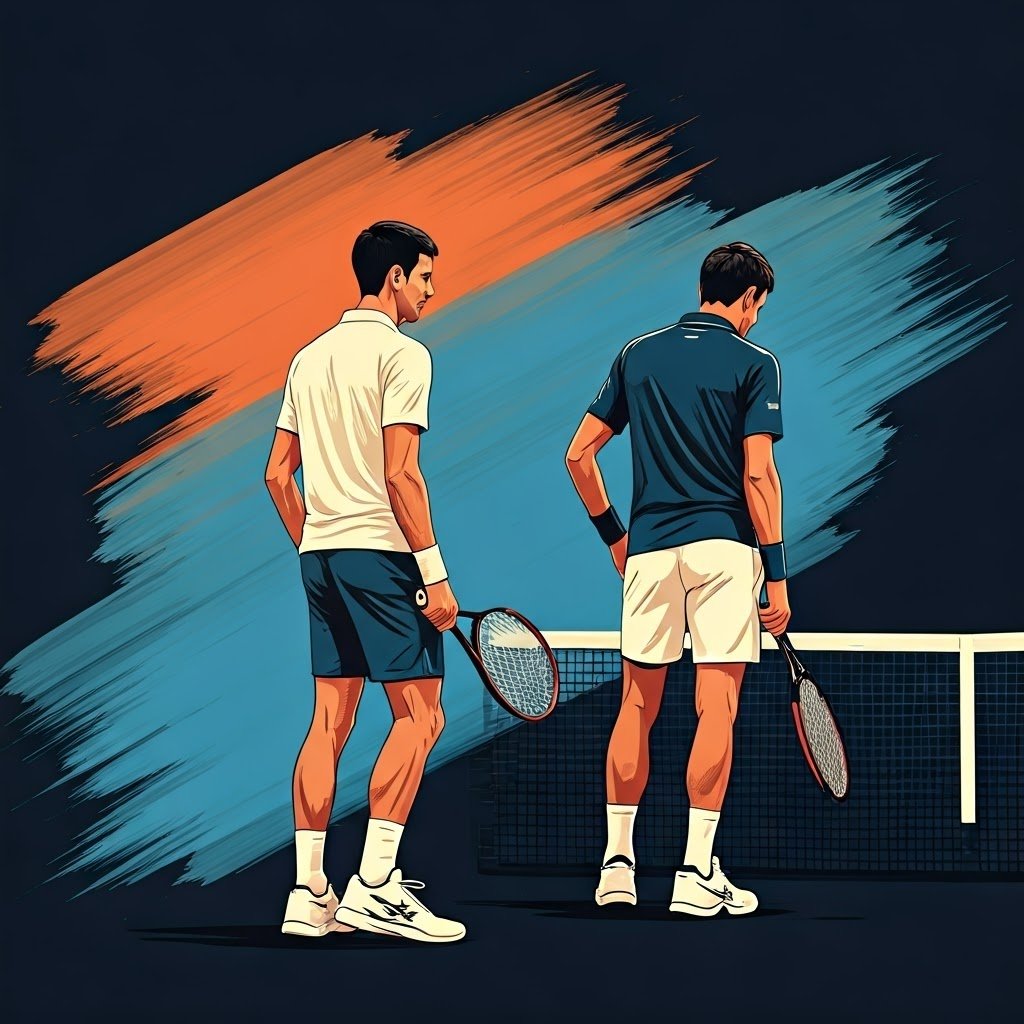Why European Tennis Players Dominate Over The Rest Of The World
When it comes to world tennis rankings, one trend has become increasingly clear over the years: European tennis players dominate the field. From Grand Slam champions like Roger Federer, Rafael Nadal, and Novak Djokovic to emerging talents in women's professional tennis, Europe has become the epicenter of tennis excellence. This article delves deep into the factors contributing to European dominance in tennis when compared to players from the rest of the world.
Historical Context: From Björn Borg to the "Big Three"
Europe's track record of producing tennis legends is not a recent phenomenon. Earlier stars like Björn Borg and Steffi Graf laid the foundation for what we witness today. However, the era of the "Big Three" — Novak Djokovic from Serbia , Rafael Nadal from Spain, and Roger Federer from Switzerland— has truly elevated the conversation about European dominance in tennis. These three players alone account for a staggering number of Grand Slam titles and have consistently topped world tennis rankings for more than a decade. Their impact extends beyond their match wins; they serve as role models and standard-bearers for aspiring players, further consolidating Europe's influence and reputation in the tennis world.
Infrastructure and Investment: Why It Matters
- Top Tennis Academies in Europe: With renowned establishments like the Rafael Nadal Academy in Spain and the Mouratoglou Academy in France, Europe offers world-class tennis coaching.
- Grassroots Tennis Programs: Countries like France and Spain have robust youth tennis development programs, guaranteeing a consistent supply of highly skilled players.
- Financial Backing and Sponsorships: European players often benefit from generous corporate sponsorships, allowing them to focus on elite tennis training.
Cultural Factors Driving European Tennis Dominance
- Tennis Tradition and History: The significance of prestigious tournaments like Wimbledon and the French Open has established a rich tennis culture in Europe.
- Community Support: High levels of local engagement and fandom contribute to the success of European tennis players.
- Competitive Atmosphere: The strong pool of talent in Europe naturally creates a highly competitive tennis environment.
Training and Development: The European Advantage
- Playing Surface Versatility: Europe's varied tennis court surfaces—clay, grass, and hard courts—help players become versatile tennis athletes.
- Advancements in Sports Science: Cutting-edge tennis performance technology and sports science methodologies are more accessible to European players, giving them an edge in training and recovery.
The Role of European Circuit Events
The geographical proximity to iconic tournaments like Wimbledon, the French Open, and other high-profile ATP and WTA events provides European players with unmatched international tennis competition experience.
Conclusion: The Blueprint for Tennis Excellence
The European dominance in world tennis rankings is a culmination of superior infrastructure, deep-rooted tennis culture, and innovative training methodologies. For the rest of the world to close the gap, a multi-faceted and long-term strategy for tennis player development is essential. In the battle for tennis supremacy, it’s clear that Europe currently holds the advantage.
What do you think is the most significant factor contributing to the dominance of European tennis players? Is it the coaching, the culture, or something else? We would love to know your thoughts in the comments section below.







Share:
The Most Dramatic Tennis Comebacks of All Time
Why is Tennis a Mental Game